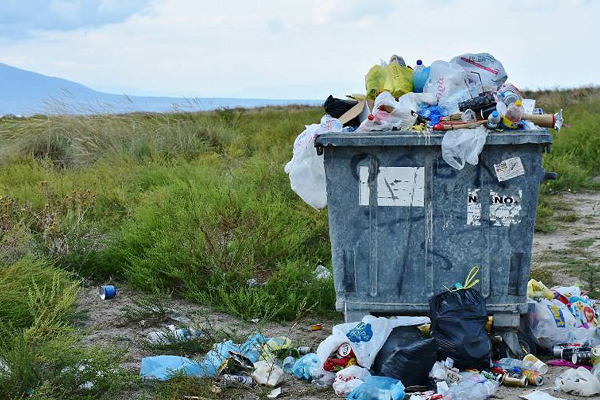Every year, the government publishes its statistics on fly tipping – the illegal dumping of waste/rubbish by individuals and fraudulent businesses.
Fly tipping is a serious issue, but it’s hard to manage when councils can’t afford to have CCTV covering every potential spot.
Thankfully there are ways that a private investigator can help authorities to tackle troublesome fly tipping spots – more on that below.
But first, let’s take a look at how widespread the issue was in 2022.
Top 5 stats about fly tipping in 2022
- There were 1.09 million instances of fly tipping in 2022
That’s actually a decrease compared to the previous year, where there were 1.14 million – so approximately a 4% reduction in cases.
Which is good news – except that 1.09 million cases of fly tipping is still a lot!
- The percentage of fly tipping incidents involving household waste fell to 61%
In 2021, the percentage was 65%. In terms of number of cases, that’s a fall of 9% from 740,000 in 2021 to 671,000 in 2022.
Household waste still makes up the majority of cases of fly tipping, either from residents who dump their rubbish where they shouldn’t, or people hiring fraudulent businesses to remove their waste, who then dump it anywhere to avoid paying the fees for proper removal licenses.
- The most common size of fly-tipping load was a ‘small van load’
Nearly a third of instances were an amount equivalent to the load of a small van, which is pretty significant. The next largest segment is ‘car boot or less’ which accounted for 26% of cases.
The ‘tipper lorry load or more’ category made up 4% of instances, which is an increase compared to 3% in 2021. Yet the actual number of instances was fewer – 37,000, compared to the prior year’s 38,000.
- The cost to remove the ‘tipper lorry load or more’ waste dumps was £10.7 million
Consider where that money could be spent if these incidents weren’t happening!
- Court fines for fly tipping more than doubled to £840,000
Court fines issued in 2021 only totalled £330,000, so that’s a significant jump.
The state of fly-tipping in 2022 (and beyond)
What’s clear is that action is being taken – the total cases of fly tipping are reducing, while fines are increasing. These are positive steps.
However, the scale of the problem is still huge. Bear in mind that court fines only raised £840,000, while the cost of removing just the biggest loads was more than £10,000,000.
That’s a massive funding gap, and more work needs to be done to stop fly tipping, so that authorities can allocate their precious budget into more prosperous areas
How can a PI help?
At EJM Investigations, we work with councils and authorities on cases of fly-tipping to offer a solution that can reduce costs overall.
How?
Through our expertise in surveillance, we can be employed by councils to monitor fly-tipping hotspots. We can do so with great care and discretion, so that the perpetrators are caught in the act, with sufficient evidence to allow them to be charged.
This recoups costs for the council, and helps to deter offenders from repeating their behaviour.
Want to know more? Call us on 01772 334700.

